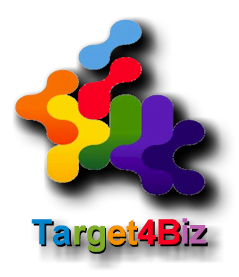What are the most effective ways to use consumer psychology in marketing and advertising?
Consumer psychology plays a crucial role in shaping marketing and advertising strategies. By understanding the psychological factors that influence consumer behavior, marketers can create more effective campaigns that resonate with their target audience. Here are some of the most effective ways to utilize consumer psychology in marketing and advertising:
Emotional Appeal: Emotions play a significant role in decision-making. Design marketing messages that evoke positive emotions such as joy, excitement, or nostalgia. By connecting emotionally with consumers, you can create a strong bond and increase the likelihood of conversion.
Social Proof: People tend to look to others for guidance when making decisions. Incorporate social proof in your marketing efforts by highlighting testimonials, user-generated content, reviews, and endorsements from influencers or industry experts. This helps build trust and credibility, influencing potential customers to follow suit.
Scarcity and Urgency: The fear of missing out (FOMO) can be a powerful motivator. Create a sense of scarcity or urgency in your marketing campaigns by using limited-time offers, exclusive deals, or highlighting low stock levels. This prompts consumers to take immediate action to avoid missing out.
Cognitive Biases: Understanding and leveraging cognitive biases can be effective in influencing consumer decisions. Some commonly used biases include anchoring (setting a reference point), framing (presenting information in a favorable light), and loss aversion (focusing on potential losses rather than gains). Incorporate these biases into your messaging and positioning to sway consumer behavior.
Personalization and Targeting: Tailor your marketing efforts to individual consumers as much as possible. Utilize data and analytics to segment your audience and deliver personalized messages, offers, and recommendations. Personalization creates a sense of relevance and makes consumers feel understood, increasing the chances of engagement and conversion.
Storytelling: Humans are naturally drawn to stories. Craft compelling narratives that align with your brand values and resonate with your target audience. Stories help create an emotional connection, capture attention, and make your brand more memorable.
Behavioral Economics: Apply principles from behavioral economics to your marketing strategies. For instance, use the concept of “nudging” by making desired actions more convenient and appealing. Simplify the decision-making process, reduce friction, and provide clear calls-to-action.
Visual Appeal: Visual stimuli have a significant impact on consumer perception. Invest in visually appealing designs, colors, and imagery that align with your brand identity and target audience preferences. Use high-quality visuals to capture attention and communicate your message effectively.
Gamification: Incorporate elements of gamification into your marketing campaigns. By adding elements of competition, rewards, and achievement, you can increase engagement and motivate consumers to interact with your brand.
Trust and Transparency: Building trust is crucial for long-term customer relationships. Be transparent in your marketing efforts by providing accurate information, addressing concerns proactively, and demonstrating authenticity. This builds credibility and fosters trust with your audience.
Remember, ethical practices should always be followed when utilizing consumer psychology in marketing and advertising. The goal is to create positive experiences and meaningful connections with consumers, rather than manipulating or deceiving them.
